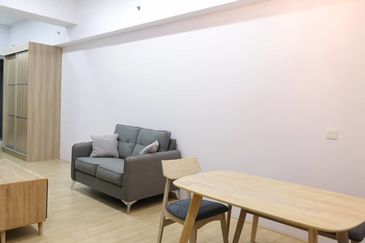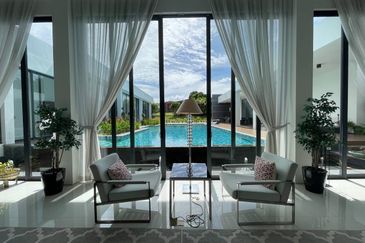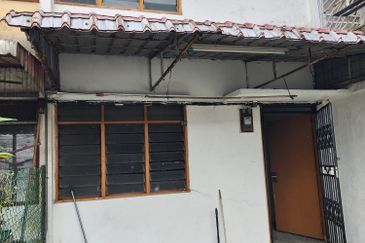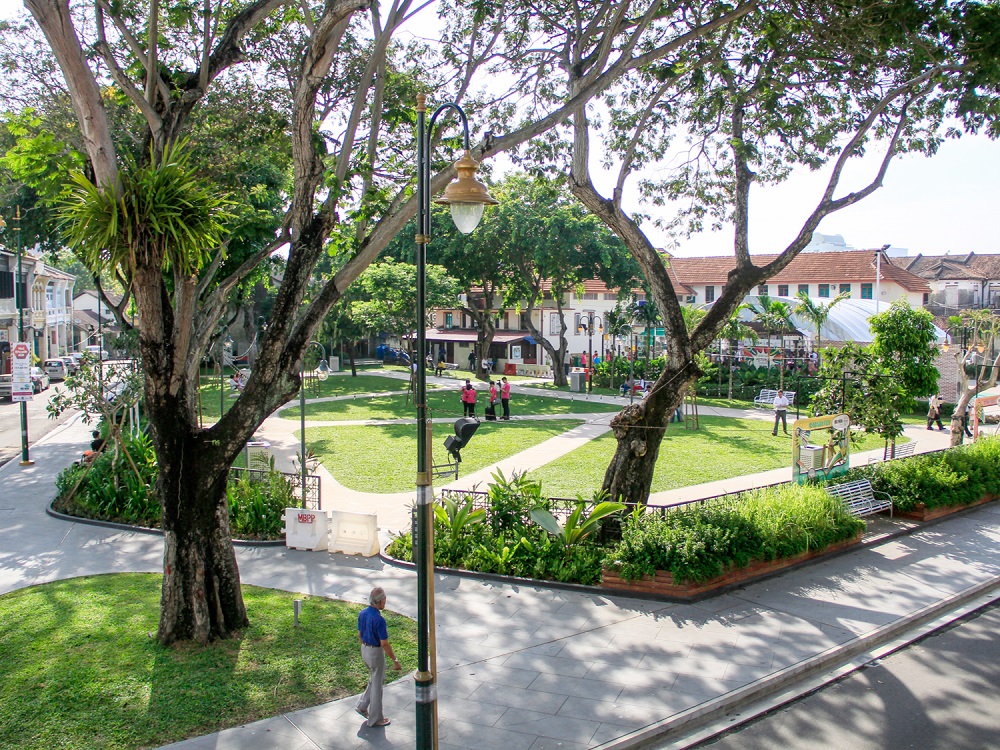
THE Penang Cultural & Heritage Tour, which took place in July, was organised by the youth chapter of the Real Estate and Housing Developers’ Association (Rehda Youth). The sunny weather during the two-day tour was a welcome respite from the heavy rain of the previous days.
Arranged by organising chairman Dr Ville Lee, the tour showcased the restoration and conservation efforts in George Town, the state’s capital. Lee is also a director of property developer New Bob Group.
“This is the second tour that Rehda Youth has organised to Penang … But I thought this time, why not feature heritage conservation, which has transformed the state since it was given the Unesco World Heritage status in 2008. Over the last eight years, I think we have reached a point where there is a lot to showcase,” he tells City & Country.
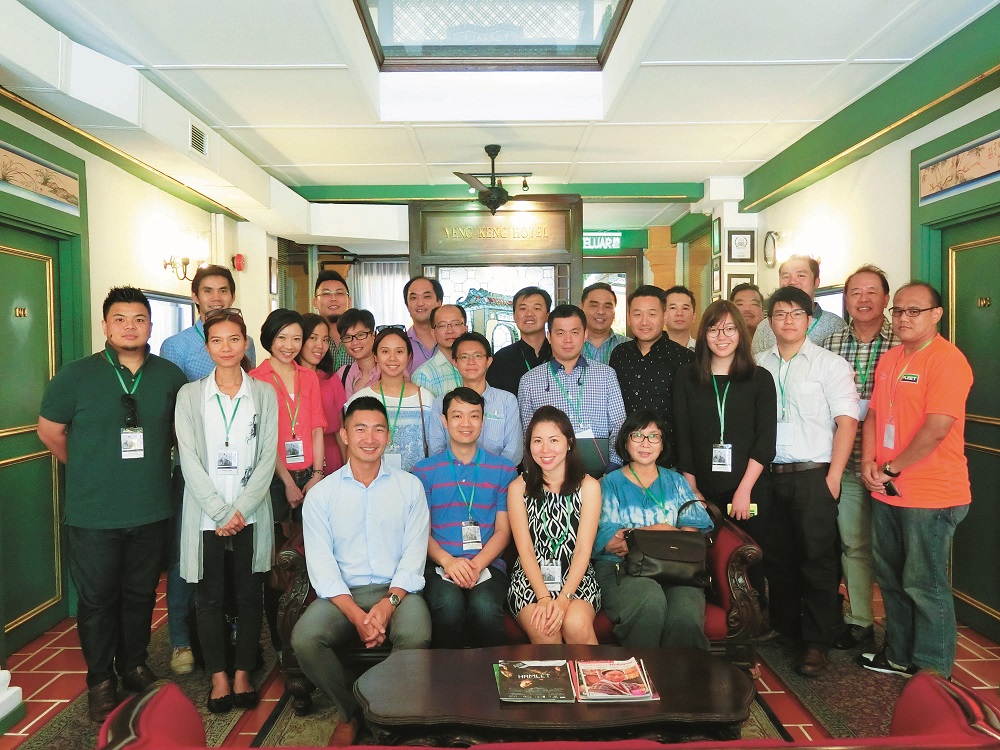
Carrie Fong, chairperson of Rehda Youth and director of Hedgeford Sdn Bhd, concurs. She says, “This is a special customised itinerary to go in depth into a category that Penang truly owns — its unique culture and heritage.”
Since its listing as a Unesco World Heritage site, the city has seen many of its once dilapidated pre-war shophouses transformed and repurposed into boutique hotels or offices. Former colonial buildings have also been given new life and now function as public spaces for tourists and locals alike.
Participants of the tour were mostly property developers but several professionals, such as architects and interior designers, were also present. They came from around the country from states such as Perak, Negeri Sembilan, Pahang and Johor as well as the Klang Valley.
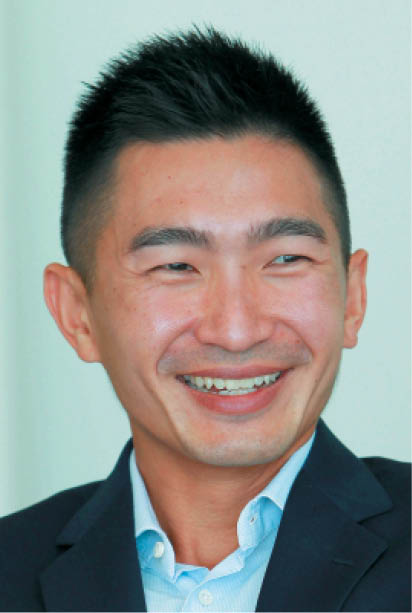
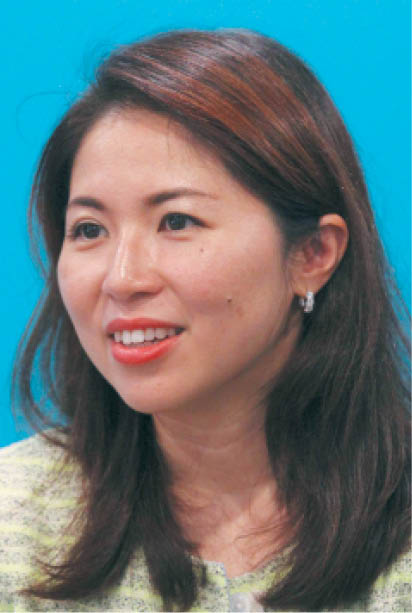
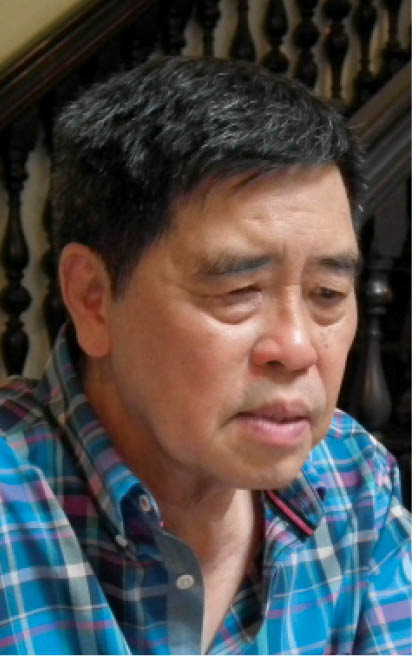
Up close and personal
Key conservation sites visited included Cheong Fatt Tze Mansion, Han Jiang Ancestral Temple of the Penang Teochew Association and Suffolk House. A visit to Seven Terraces, a private boutique hotel, was included in the tour at the last minute to show what an individual can do to restore a heritage building. Participants also strolled along the heritage zone for a roadside view of the restored and vibrant pre-war shophouses, religious buildings and street art.
Helping to provide context and inside information on the various processes and work he has done was architect, conservationist and director of Arkitek LLA, Laurence Loh. He had a hand in the restoration of Cheong Fatt Tze Mansion and Suffolk House, and told the participants of the obstacles and challenges he faced. Cheong Fatt Tze Mansion is said to have kick-started the conservation movement in Penang before the Unesco listing.
“Conservation in Penang is now mainstream. You don’t have to force the issue. Most probably the debate is on, ‘Do we conserve this site or not’, ‘Is it too young?’, ‘Is there value in doing this?’, ‘Can we afford to do it?’ — all the questions about price, money, time and so on,” explains Loh.
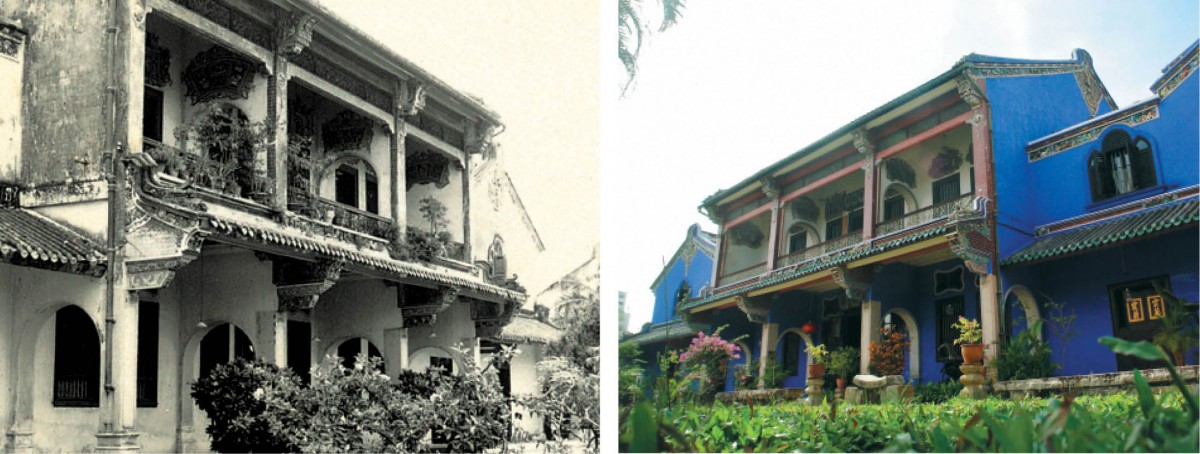
He says while the idea of conservation is entrenched in the minds of Penangites, it is still left to be seen how well a site is conserved and how tightly regulated the process is.
Think City Sdn Bhd and George Town World Heritage Inc (GTWHI), both of which play a part in the conservation and restoration efforts, gave presentations to help the participants understand the policies and management involved.
Think City is a wholly-owned subsidiary of Khazanah Nasional Bhd. Established in 2009, it works closely with the authorities, local and international agencies, and various communities to spearhead urban regeneration in George Town’s heritage site. Grants are provided where necessary, and it works with other stakeholders to raise funding. It also provides advice and the methods to understand the heritage and cultural significance of a place.
One of the projects Think City has worked on is Armenian Park, accessible via Acheen Street and Armenian Street. A flea market used to be located there and after it was moved, it took eight months for the park to be rehabilitated. It is now a central part of the community.
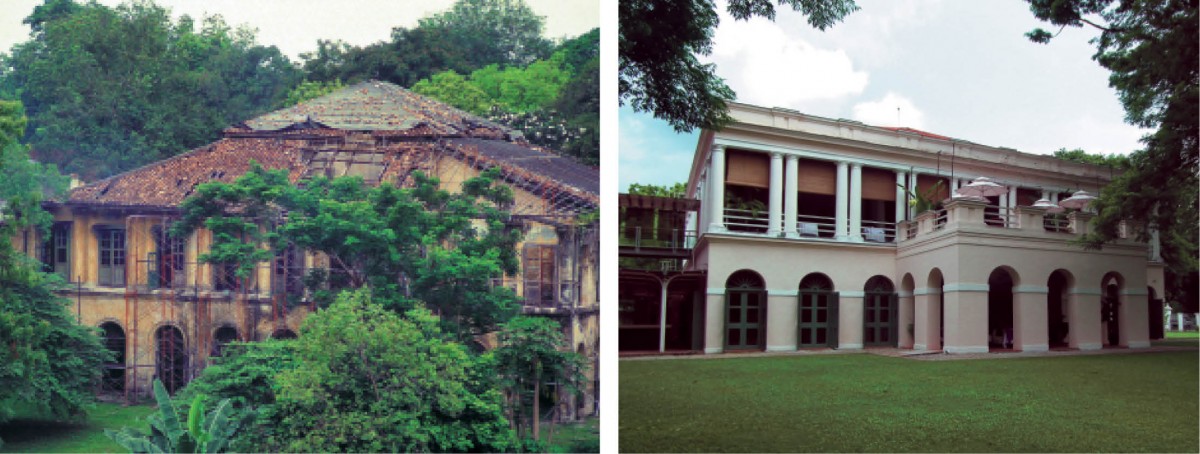
An ongoing project of Think City that has yet to start is the restoration of several tenanted shophouses in Kimberly Street, which is estimated to cost RM3 million to complete. The project’s stakeholders include Jabatan Konservasi Warisan, Majlis Bandaraya Pulau Pinang, GTWHI, BYG Architecture and the Penang Apprenticeship Programme for Artisans by the Penang Heritage Trust.
One of Think City’s initiatives is to provide support for buildings that have been restored such as The Star Pitt St building. Today, it has spaces for music performances, film screenings and artisan workshops, which the organisation helps to bring in and promote.
GTWHI was established in 2010 by the Penang government as the state’s heritage agency. It works with the federal, state and local governments as well as non-governmental organisations to manage, monitor, promote and execute heritage-related activities.
During his presentation, GTWHI built environment and monitoring manager Muhammad Hijas Sahari provided a condensed version of the details that go into ensuring that heritage sites are restored accordingly. This includes the type of materials used and the height restrictions of heritage buildings.
“I suppose what we want the tour participants to take home is [that conservation] actually starts from the ground up, not from the top down. It needs people to move things along, so hopefully … they will go back and do something similar. Start with something small and it might grow into something big like what has happened in Penang,” concludes New Bob Group’s Lee.
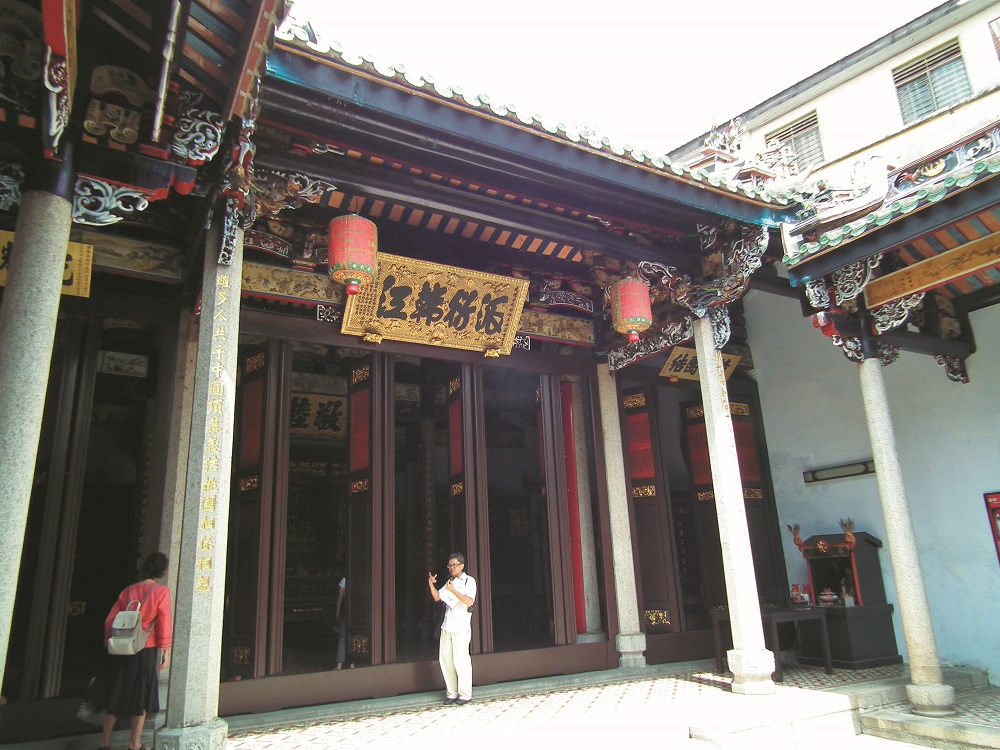
Eye-opening and educational
Shuchita Balasingam, head of mergers and acquisitions — business space of Zerin Properties in Kuala Lumpur, says, “I had not expected to gain a wealth of information, especially when they were talking about the heritage of the buildings and the stories behind them. I think most of what comes through is the passion these people have for restoring these pieces of history in Penang.”
Tan Ban Meng, managing director of Himpunan Kurnia in Negeri Sembilan, says, “The tour is truly an eye-opener for us (developers) especially those of us from the other states … With this trip, we now know the opportunities and facilities available to us in this area of work. There are a lot of stories behind every heritage building. The history is so rich, it tells you how to go further based on what you know about your own place, your own area of work and your own community that will be able to take you to the next level in terms of property development.”
Lim Cho-Wei, architect and principal of CWL Design Sdn Bhd in Kuala Lumpur, says, “I think it is very relevant to bring young developers out to see a different angle, to see how a city can be rejuvenated, how a city can work. I think it is very important for a country with heritage [sites] to appreciate and understand the value of heritage in [terms of] what it can bring to a community.”
Jason Pang, manager of United Frontiers Holdings Sdn Bhd in Melaka, says, “When I was invited to join this tour, [I realised that] it was very much related to my hotel project, which is in the heritage zone of Melaka. The key idea of restoring and conserving the building is very similar to that in Penang. Since the Unesco status, both states have been working to come up with policies and measures on how to guide private developers or homeowners in restoring their structures and buildings, family heirlooms and things that have been left behind by past generations.”
This article first appeared in City & Country, a pullout of The Edge Malaysia Weekly, on Sept 26, 2016. Subscribe here for your personal copy.
TOP PICKS BY EDGEPROP
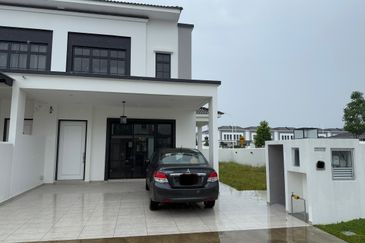
Tate Dalton @ Eco Botanic 2
Iskandar Puteri, Johor

Flat Tasek 64, Bandar Baru Seri Alam
Masai, Johor

Prima Regency (Dorchester Court)
Plentong, Johor

Taman Bukit Indah @ Iskandar Puteri
Johor Bahru, Johor

Taman Bukit Indah @ Iskandar Puteri
Johor Bahru, Johor


